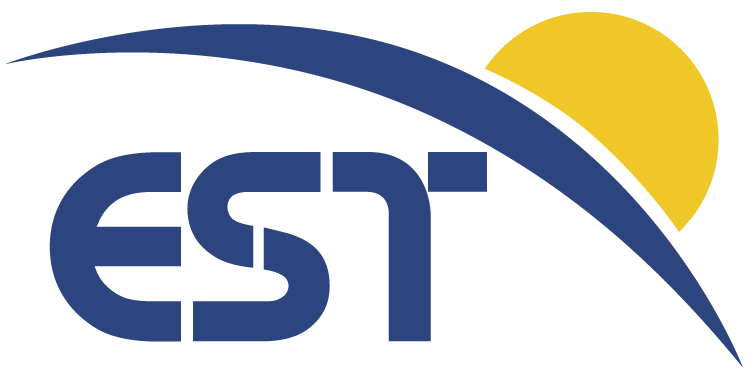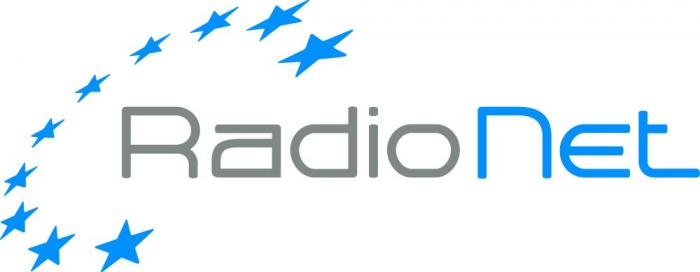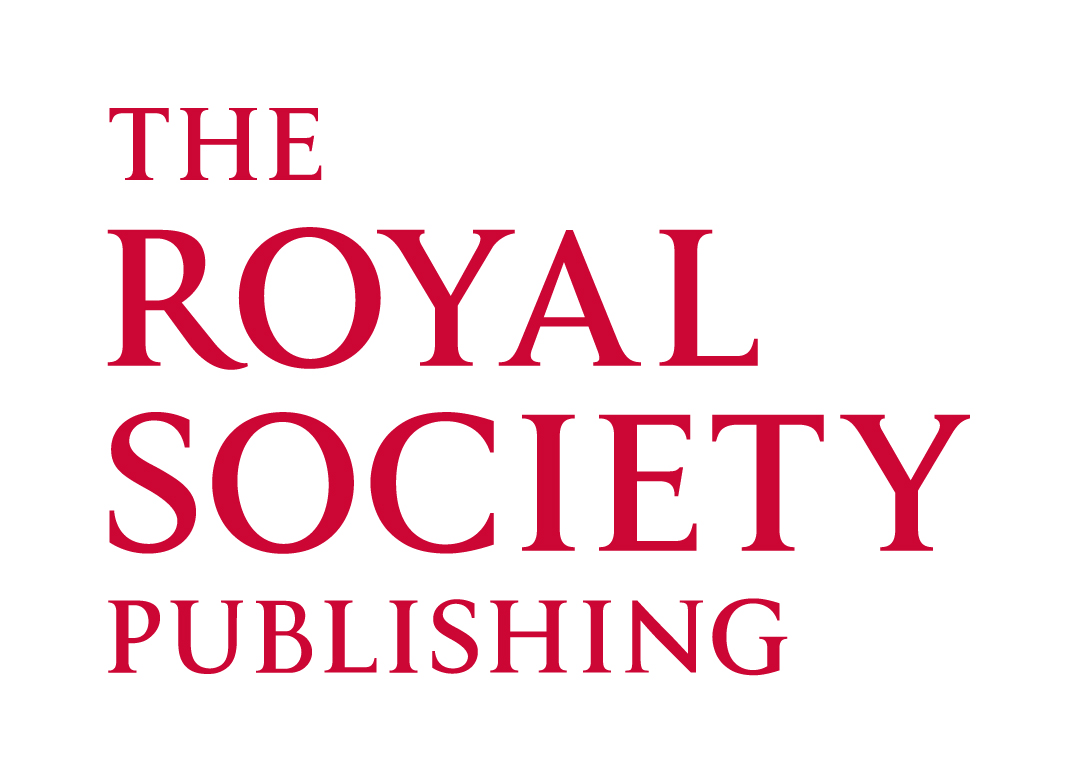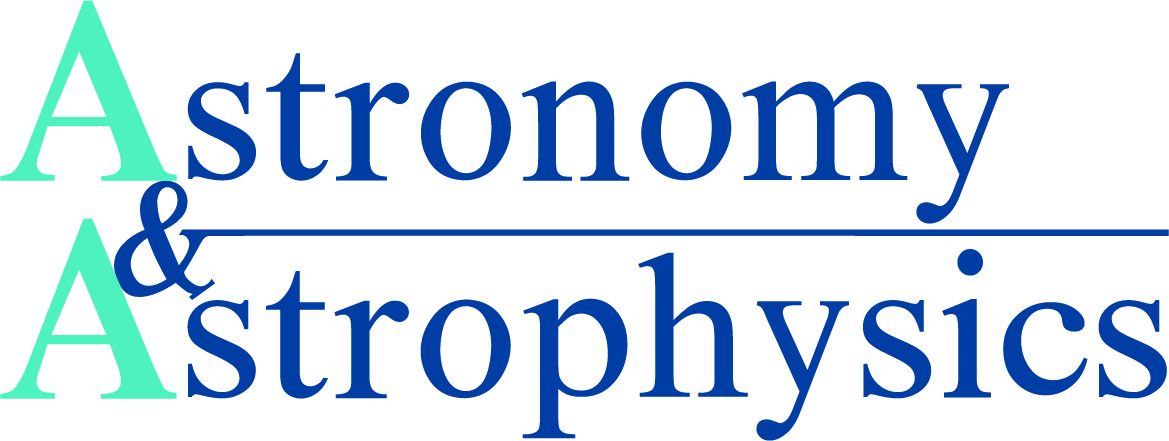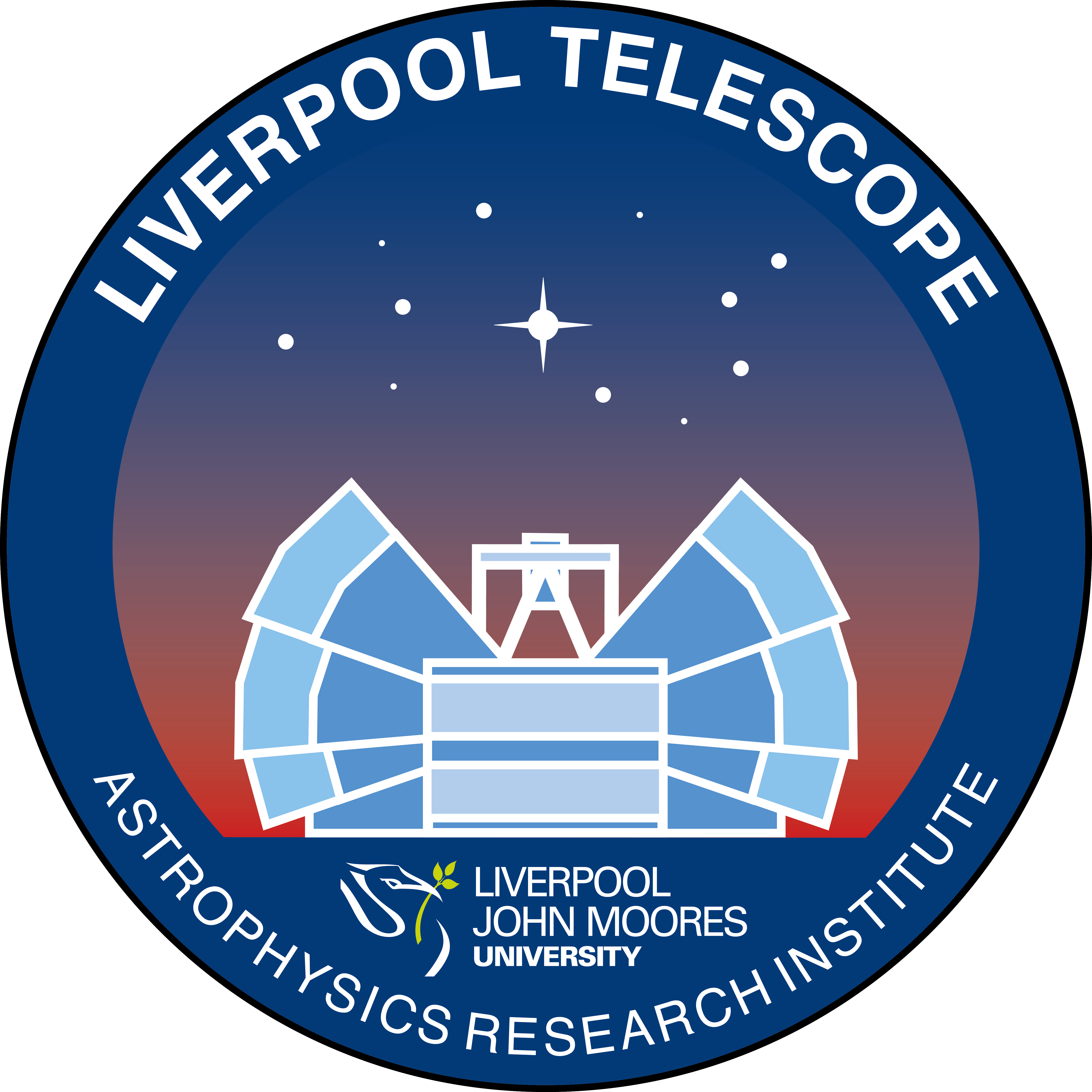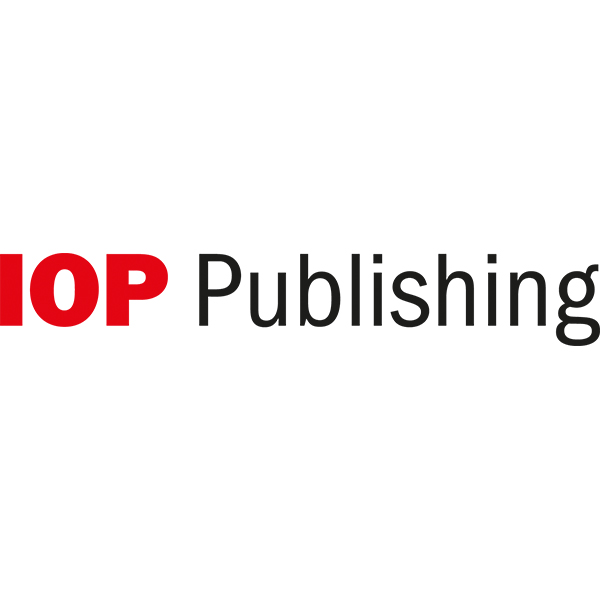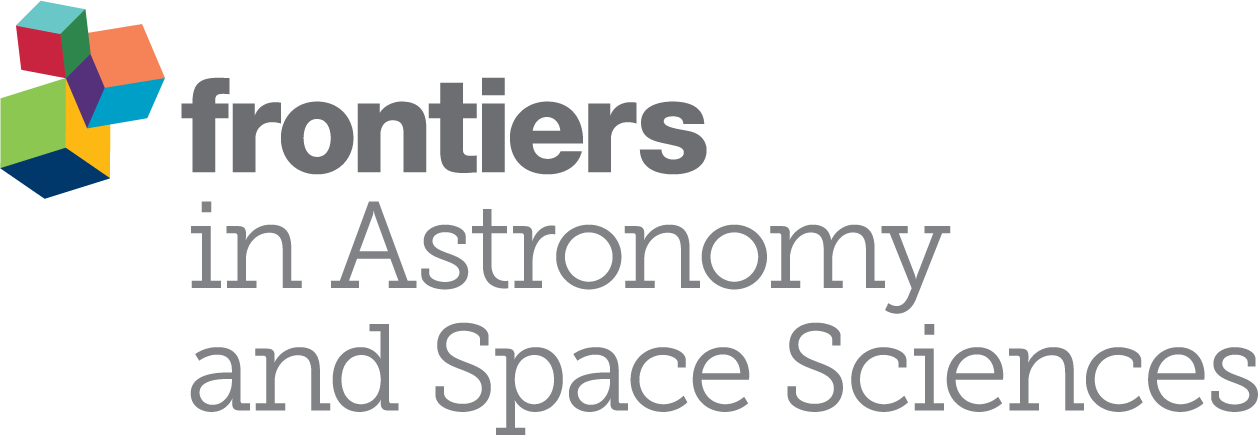Special Session SS2
4 April 2018
Art space: using artistic media for outreach, cultural astronomy, and science communication in astronomy, Solar physics and space science
Aims and scope
Creative representations of data in astronomy and solar physics are critical not only to our understanding of complex underlying science but are equally essential in our ability to effectively disseminate the findings of such research.
Art in all its forms, whether it be dance, music, fine art, graphic design, film making, or sculpture, engages broad non-specialist audiences in way that text, graphs and public talks cannot. In a modern western world where experts are often under-valued by politicians and leaders, it is vital to spread science through all creative channels to a general audience and to reach out to demographics which might not be attracted by traditional science events. Cultural astronomy could offer an insight on how science communication has been implemented in the past. Science communication through the arts (whether as an audience member or taking part in the creation of art) has great potential to engage with a diverse audience, including the public, young, old, families, and especially those with low science capital.
As we enter an era where vast amounts of data are routinely generated by facilities such as LSST and SKA, being able to create visualisations of large, multivariate datasets becomes increasingly important to the scientific community as a whole. As astronomers we must look beyond traditional data plotting techniques and be open to techniques employed in the arts industries. Cultural astronomers and archaeologists have also revealed interesting avenues in which astronomy was expressed in, for example ritual and built environments.
The visualisation of data is not only important for effective analysis and communication of results within the scientific community but also for science communication to a non-specialist audience. As astronomy enters an era where discoveries are being made outside the visible spectrum (e.g. ALMA, LOFAR, SKA, LIGO), scientifically sound yet inspirational representations of results will be vital to engage the public, whether it is for the purpose of inspiring general audiences, engage and give voice to indigenous people, informing policy makers, or attracting potential funders.
We envisage this session bringing together researchers and artists from across Europe to share experiences and techniques for communicating science and outreach with the public. We would encourage anyone with an interest in data representation and science communication, particularly representatives from European astronomical, solar-terrestrial physics and solar system exploration agencies, to contribute to the session.
Programme
Invited speakers
Scientific organisers
Edward Gomez, Las Cumbres Observatory
Helen Mason, University of Cambridge
Marek Kukula, Royal Observatory Greenwich
Sheila Kanani, Royal Astronomical Society
Pedro Russo, University of Leiden
Daniel Brown, Nottingham Trent University
Contact
hm11 @ damtp.cam.ac.uk
Updated on Fri Mar 09 16:09:45 CET 2018
|
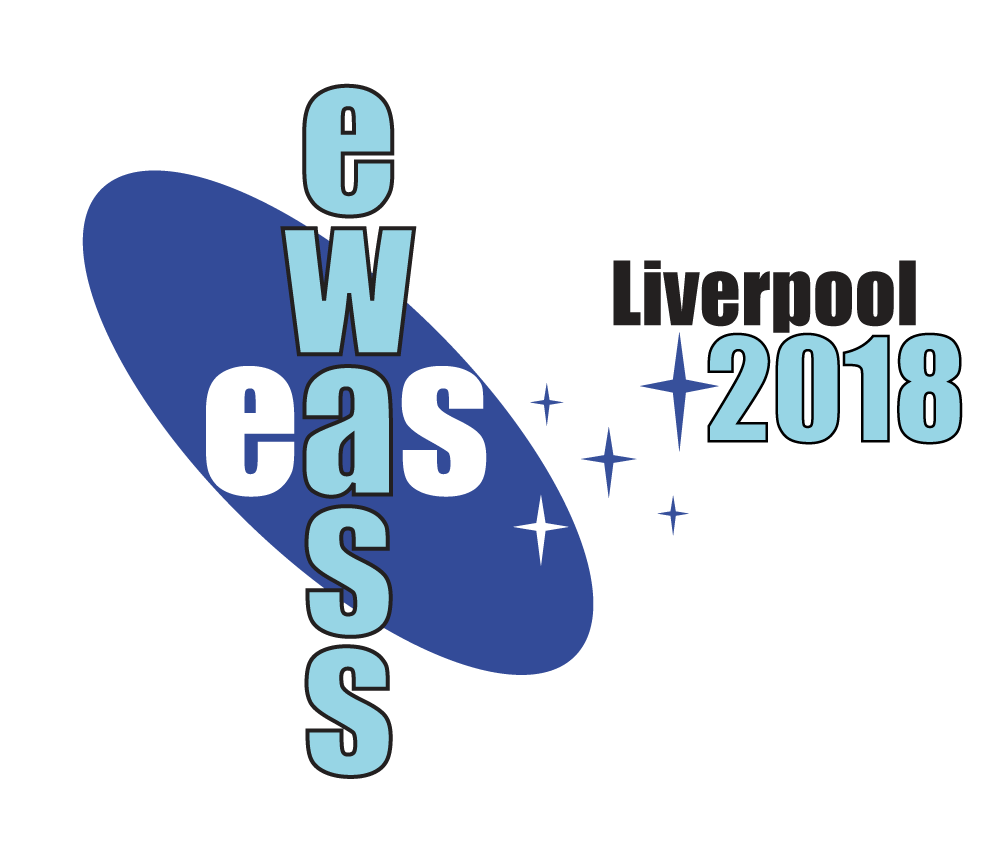
 A power cut will shut down all EAS services on Tuesday, 10 January 2017 starting at 7:30 CET.
A power cut will shut down all EAS services on Tuesday, 10 January 2017 starting at 7:30 CET.






